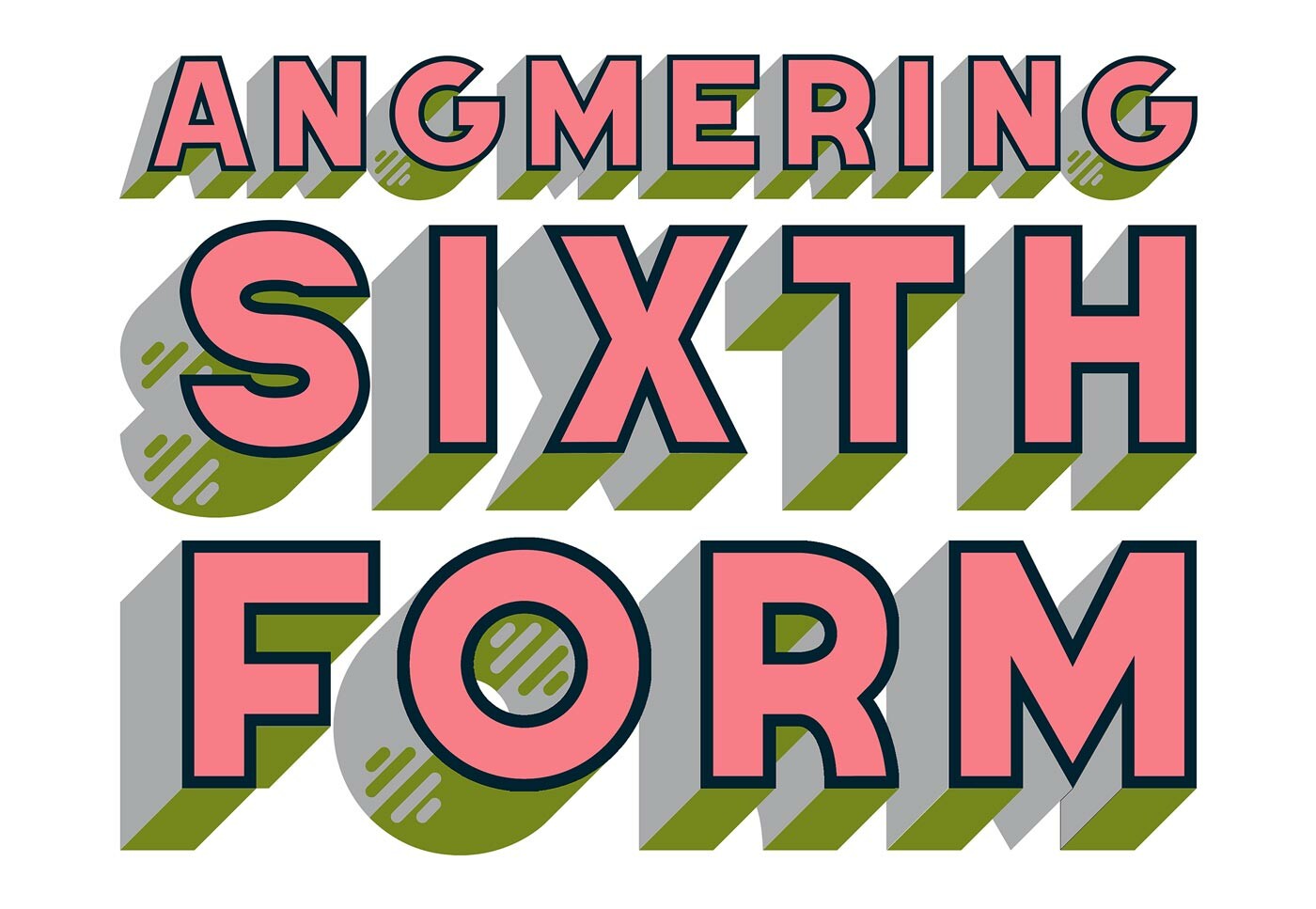Three Dimensional Design A-Level (AQA)
Architecture, Interior & Product Design
Course Overview
Students will be introduced to a variety of experiences that explore a range of three-dimensional media, processes and techniques. They will be made aware of both traditional and new media. Students will explore the use of drawing for different purposes, using a variety of methods and media on a variety of scales. Students may use sketchbooks/workbooks/journals to underpin their work, where appropriate.
Research into Designers & Artists is carried out which is integral to the investigating and making process. Students’ responses to these examples will be shown through practical and critical activities that demonstrate their understanding of different styles, genres and traditions.
The 3D Design course introduces you to a variety of experiences, processes and techniques including:
-
Designing in a range of media including CAD (Computer Aided Design)
-
Research into designers and artists
-
Communication skills
-
Modelling in a range of resistant and compliant materials
PLEASE NOTE THAT 3D DESIGN A-LEVEL AND ART A-LEVEL ARE THE SAME COURSE WITH DIFFERENT PATHWAYS, THEREFORE CANNOT BE TAKEN TOGETHER AND DO NOT COUNT AS SEPARATE QUALIFICATIONS.
Students are required to work in one or more area(s) of three-dimensional design, such as those listed below. They may explore overlapping areas and combinations of areas:
-
Architecture
-
Exhibition design
-
Design for theatre, television and film
-
Interior design
-
Product design
-
Environmental and architectural design
-
Jewellery/body ornament
Students will be expected to demonstrate the following skills, in the context of their chosen area(s) of three-dimensional design:
-
Awareness of intended audience or purpose for their chosen area(s) of three-dimensional design
-
Awareness of the relationship between three-dimensional design and urban, rural or other settings
-
Appreciation of the relationship of form and function and, where applicable, the ability to respond to a concept, work to a brief, theme or topic, or answer a need in the chosen area(s) of three-dimensional design
-
The safe use of a variety of appropriate tools and equipment
-
Understanding of working methods, such as model-making, constructing and assembling
Lessons are practical, developing drawing, designing and making skills across a broad range of media and materials (wood, plastic, metal, styrofoam, PMC silver, card, etc.)
CAD and CAM skills are developed including use of the laser cutter.
Inspiration from artists/designers past and present is drawn on to help inspire and produce ideas.
Students are encouraged to be creative and to follow their own path with guidance, focussing on a particular area which interests them.
Trips to London, including the Design Museum, provide inspiration, whilst input from professional designers/architects etc relate the course to future career choices.
Assessment:
Component 1: Personal Investigation - No time limit, 96 marks, 60% of A-level
Component 2: Response to an externally set assignment - Preparatory period + 15 hours supervised time, 96 marks, 40% of A-level
Non exam assessment (NEA) set by AQA, marked by the centre and moderated by AQA during a visit to the centre. Visits will normally take place in June.
3D Design is a useful A level for degrees or future careers in Architecture, Interior Design, Product Design, Engineering, Graphic Design, TV/Theatre/Prop design, Packaging Design, Marketing and Advertising, Jewellery Design and many more.
You should be on track to achieve a minimum of 5 GCSEs at grades 4 - 9, including a grade 5 in either 3D Design (Architecture & Interior Design or Product Design), Engineering or Art.
Please complete this task before you start the course, and be ready to hand it in on the first lesson in September.

